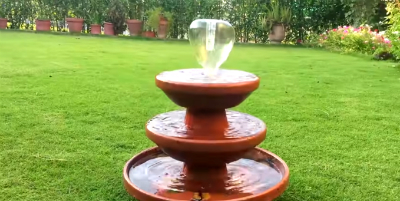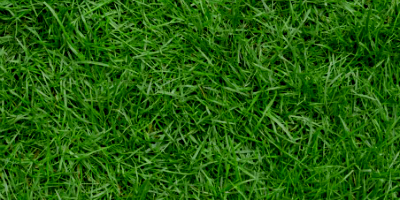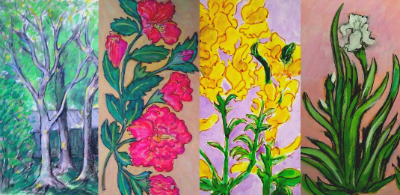
bringing nature, nurseries and gardeners together Nov. 13, 2020
|
|
Fall Native Plant Sale: this popular Wildflower Center event continues on Sat. and Sun. with sales of a variety of spectacular Texas natives: succulents, grasses, perennials, wetland plants, shrubs and trees. Entry to the sale is free with admission but reserve tickets ahead of time. Lady Bird ❦

Gangsta gardener: by sowing seeds in the barren public spaces of South Central Los Angeles, Ron Finley reaped an unexpected reward: a new-found calling as a community activist. Kinfolk ronfinley.com ❦

Build your own 3-tier fountain: with a couple of flower pots, a water pump and hose pipe, and three clay saucers (10" 14" and 18"), you're all set to create your fountain that will sound and look beautiful. you tube ❦

A calendar for grass: There are a few simple step to have that lush, jalapeño-green lawn, write the folks at Barton Springs Nursery. But while this is a guide, it is not meant to be "a problem solver. Certain aspects like species selection for sun, soil and water are assumed." Lawn Care Tips by Month ❦
Help Turn Hancock Golf Course into a greenspace: after 122 years of golf, it's time to open the gates for all to enjoy this beautiful crown jewel of a park in central Austin. Hancock Conservancy Poll. ❦

Central Texas Gardener: Natural Gardener owners John and Jane Dromgoole bring their work home with them. Hands-on in their food, ornamental, and habitat gardens—and in a cottage-charming greenhouse—they pass along their knowledge with passion and sound advice. KLRU ❦
 Plant quartet: an elm, hibiscus, snapdragon, and iris by artist Linda Anderson, inspired by Chris's notes below.
November in the Garden
by Chris Winslow
1. Plant a tree: now is still a perfect time to get that shade or ornamental tree in the ground.
2. Plant flowering perennials: it’s never too late. Even though their tops will be burned back with the first hard freeze, their roots will be hardy. During the cool days of winter, they will establish a healthy root system for a show in the spring. 3. Plant some winter blooming annuals: in central Texas, we can grow pansies, snapdragons, violas, stock, cyclamen, flowering cabbage and kale. Remember to work in some organic plant food such as blood and bone meal. These slow release plant foods will feed your plants throughout the winter and into the spring. Pansies love blood meal. 4. Plant fall bulbs: there is still plenty of time. There is a great selection of late winter to early spring flowering bulbs to choose from. Look for tulips, narcissus, jonquils, muscari, daffodils, ranunculus, and anemones. Bulbs benefit from the slow release phosphorus found in bone meal. Mix a tablespoon in the root zone when planting. For 'a drift' of any of these flowers, you'll need 30 or more. 5. Force some bulbs indoors: this is a fun activity for Thanksgiving and Christmas time. The easiest are paperwhite narcissus. Add some potting mix to a clay or plastic 6” bulb pan (fill about ½ way). Place 3 to 5 bulbs on top of the soil and add some decorative gravel to keep them upright and firm. All you need to do now is water the bulbs in and place the pot in a sunny location. It takes around 3 weeks for the bulbs to force out their foliage and open their flowers. Easy and decorative. 6. Winterize your lawn: use a slow release organic lawn food. This will give nutrition and strength to your lawn for the coming cold months. 7. Cut back your perennials: do this after the first frost, and mulch your beds with compost and mulch mixed together. This combination will feed the roots while conserving water and warming the bed. (Average day for first fall frost is November 28.) 8. Onions, scallions, garlic: November is onion, scallion, and garlic month. To be successful with these vegetable gems, don’t wait until the days get long again. Success requires growing in the short days of winter. You can grow an onion 6” across! Timing is most important. 9. Keep on the lookout for a world of fall bedding (annual) plants. As temperatures cool, we can begin to plant dianthus, snapdragons, and petunias. 10. Watch for black spot and mildew on roses. With cooler weather, these pesky rose diseases will begin to show up. An organic spray of Neem oil or wettable sulfur should help in keeping it at bay. Happy Gardening everyone. ❦ |
 It's About Thyme Legacy Publications.
Contact newsletter editor Darrel Mayers with any ideas for articles or interesting links at internationalrain@yahoo.com (hitting 'reply' to this email won't work) |
|
|
